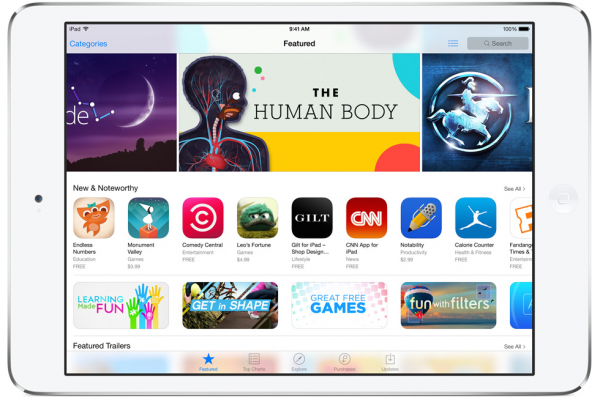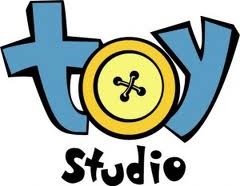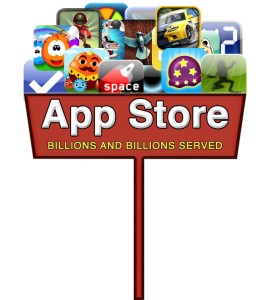Following the surprise release of TowerMadness 2 last week we thought it was the ideal time to find out more about Limbic Software's latest title, learn about some of the design process behind it, and discover just how it came to be. What better font of knowledge than that of Co-Founder and CEO, Arash Kesmirian? We caught up with him to find the answers to our questions and more.
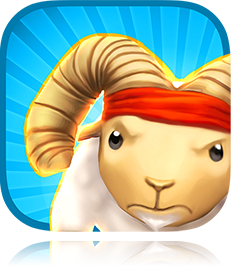
148Apps: What made you decide to release a whole new game rather than update the original TowerMadness?
Arash Keshmirian (AK): We’ve been building on the original
TowerMadness for nearly five years now; it went from having only four simple maps to over a hundred. There were 20 updates, and tons of towers, enemies, environments, and features added. I think this was a big part of why that game was a success – we kept it alive, listened to fans, and added more and more. At some point though, we had to draw the line. We wanted to do significant new things and had to completely overhaul the platform in order to evolve to the next step. A revolutionary new 3D engine, brand new art, sound; I don’t really think anything carried over from the original. Oh, just two things – the muzzle flashes and the lock icons are the same. They were too perfect to toss out!
Another big departure from the original was our emphasis on adding characters to the game. So far there are two – Bo, a brave ram that defends your sheep against the first intruders into the flock and helps beginning players, and Xen, an old, wise, friendly alien that runs the tower laboratory to help you defeat the evil aliens. His motivations are unclear. We spent a lot of time making them come to life with dialogue and sophisticated animation. Our hope is to connect players with the game’s world in a deeper way than before, and we added some little surprises to this effect too, like funny descriptions for all the alien types:

148Apps: It's been 3 and a half years since the first title was released, how come there was such a significant gap between the releases?
AK: Well, because of the constant updates to
TowerMadness 1 we didn’t really feel like there was a “gap” for players. But in terms of releases, we had to go explore other ideas and grow creatively before we were ready to come back to
TowerMadness and make a proper sequel. In the years that went by, we developed and released
Nuts! and
Zombie Gunship. We’ve been fortunate to see them grow into massive franchises of their own, and each appeals to a different group of players with different expectations from games.
We did have a few “false starts” with TowerMadness 2, though. We’ve gone through a fair number of rejected design doc ideas that we ultimately decided would be too different, hard to play, or just not that fun. It took a long time to find a vision that worked. About nine months ago we cracked it, and set to work building TowerMadness 2.
148Apps: How has the evolution of iOS since the first game changed the development of TowerMadness 2?
AK: The Apple Xcode tools we use to develop our games have been consistently improving over the years – but specifically for iOS, we’ve enjoyed leveraging a lot of new iOS features in TowerMadness 2. For one, we’re making full use of iCloud to let players carry their progress with them from device to device, and ensure nothing is ever lost. Since people tend to invest a lot of time in TowerMadness, this was really important to us. A bit more on the technical side, we’re leveraging a lot of new “under-the-hood” iOS features to provide the graphics and animation you see in the game.
Tower defense games in general are a challenge performance-wise because you have a lot of characters on screen that need to be drawn, animated, and run AI. Our custom engine leverages a lot of iOS optimizations to make this fast and keep framerates solidly at 60fps on modern devices. It screams on A7. As far as experimental features go, I really like playing on the TV with Apple TV and Airplay, so we added iOS controller integration to the game. It seems a bit odd for a tower defense to do this, since it’s quite well-suited to touch, but I think it’s a neat experience on a big screen with a controller and a few friends watching.

148Apps: TowerMadness 2 has been a surprise release on the App Store. Why the secrecy rather than building up hype beforehand?
AK: Limbic has always been about experimenting. Back in 2009 we were one of the first free apps on the App Store with
TowerMadness Zero, and we’ve innovated in other areas by doing things like split-screen multiplayer, Airplay, and other “tests” well ahead of the curve. Our marketing is no different – we wanted to see what would happen if we dazzled our fans with the release they’d been hoping for, without a tortuous tease beforehand. We’re in an age of game development now where the entire process is laid out for fans, from concept to alpha to beta to release, and we wanted to try the polar opposite for a change. When I was a kid I remember one day coming home from school and finding a brand new SNES game lying on my bed, a totally unexpected gift from my parents. Those were the best kinds of surprises, and I wanted our fans to experience that kind of joy too.
148Apps: Tower Defense games run the risk of being samey, what makes TowerMadness 2 stand out from its predecessor?
AK: There are a few things that make TowerMadness and TowerMadness 2 unique. The first major aspect is the free-grid style of tower defense gameplay, which really opens the game up to strategic placement of towers and sophisticated tactics. We combine this with a vast array of tower types and alien types, making each level and each round really different in terms of how the waves play out. We’ve added some interesting gameplay mechanics when it comes to environments, with towers overheating and freezing in different climates. I hope to expand on that in future versions.
Another core aspect of the original TowerMadness was the competitive leaderboards. In TowerMadness 2, we’ve streamlined the score dynamic into a simple level time. If players can send and defeat waves more quickly, they’ll finish the level with a shorter time. We use Game Center challenges to facilitate grudge matches, and this has been a big hit with our team internally.
148Apps: How did the idea of using sheep in both games come about?
AK: When Volker, Iman, and I created the first TowerMadness, we originally had concepted it as being cows. I have some limited 3dsmax skills [and] was responsible for all of that game's artwork. The problem was, I had no idea how to make cute-looking cows. I did have some theories about making cute sheep, though. So I built this guy, and he stuck:

Today, with the talents of our Art Director, Lee, we have a much nicer-looking flock...
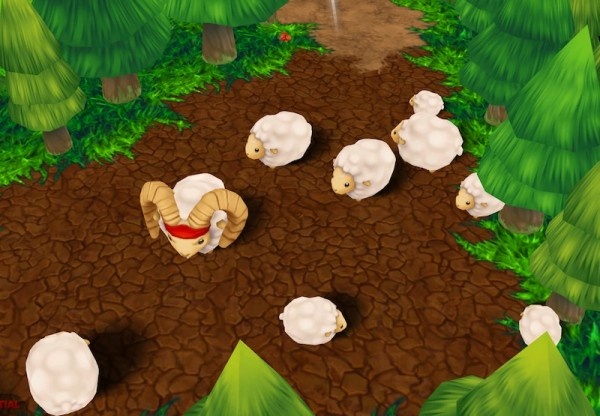
Plus, I think it makes a much better story that the aliens are trying to abduct the sheep to knit their emperor a sweater (it was a scarf in TM1). What would they do with a cow? Milk? Steaks? The aliens don’t have mouths, and invade completely unarmed... For all we know, they might be vegetarian pacifists!
148Apps: Thanks for your help and time in answering these questions
AK: Thanks for having me. We’re really excited to finally get this out in the hands of players, and we can’t wait to see how the game grows as it evolves.
TowerMadness 2 is out now, and on sale at $2.99 (usually priced at $4.99). The original TowerMadness is also available for those keen to catch up on past hits.






